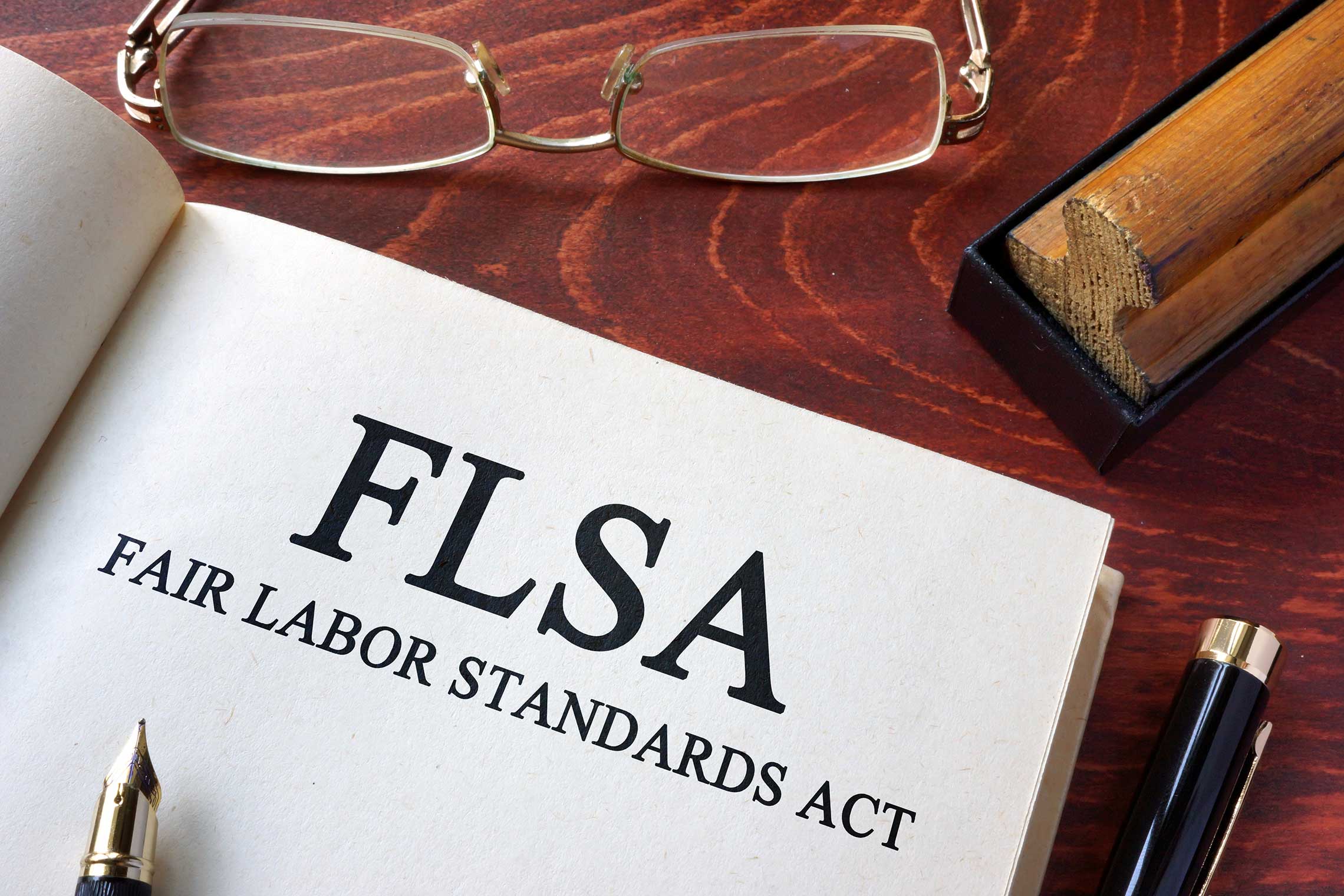
During the early 1900s, there were millions of children employed for terrible wages and working in extremely dangerous conditions. The Keating-Owen Child Labor Act of 1916 was one step the government took in trying to limit and protect children in the workforce. The main goal of this act was to stop factories or companies from employing children below the age of 14. The 3 main parts of this act were that it:
1. banned the sale of products from any factory that employed kids under 14
2. banned mining products from being sold if their were kids employed under 16
3. banned selling products if factories had kids under 16 working more than 8 hours a day
The Keating-Owen Child Labor Act also put regulations on things like how long teenagers could work and helped to try and keep younger children out of these dangerous factory conditions. However, this act was eventually deemed unconstitutional during the court case Hammer v. Dagenhart in 1918. This was because the law had no right to impose government power on interstate trade.

Despite the Keatin-Owen Child Labor Act being declared unconstitutional, later in 1938 the Fair Labor Standards Act was put into place prohibiting the employment of oppressive child labor.
No comments:
Post a Comment